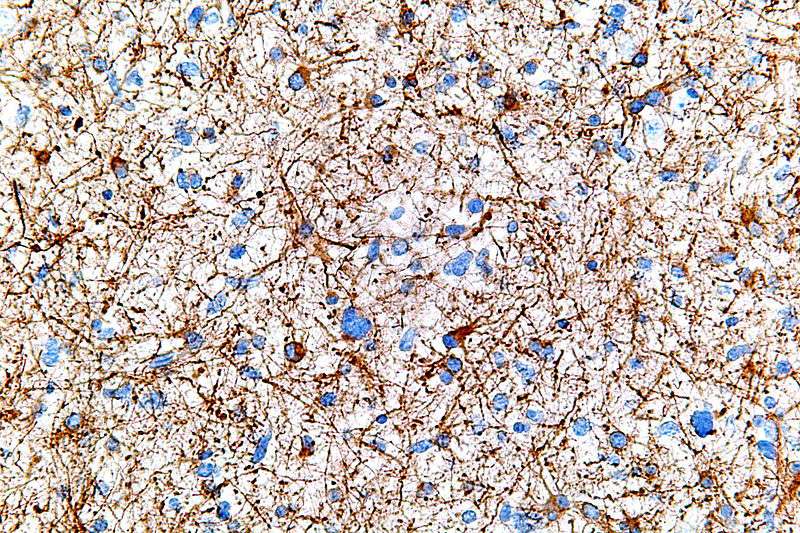Forensic DNA analysis checks the origin of cultured cells

Cell lines are cultured cells that are commonly used in medical research. New results from Uppsala University show that such cells are not always what they are assumed to be. Using genetic analyses, the researchers showed that a commonly used cell line which was established in Uppsala, Sweden, almost fifty years ago does not originate from the patient it is claimed to stem from. The findings are published today in the journal Science Translational Medicine.
A cell line consists of cultured cells that often originate from a tumour. In contrast to other cultured cells, such tumour cells can divide indefinitely and a cell line can therefore be cultured for many years. It is also easy to study, simple to handle and results can be obtained with high reproducibility. Cell lines are therefore indispensable in medical research and a large number of cell lines exist that originate from many different tumour types.
Researchers studying the brain tumour type glioma often use a cell line called U87MG that was established at Uppsala University almost fifty years ago. It is presently publicly available from the American Type Culture Collection (ATCC), where researchers can order it to use it in their studies. Bengt Westermark is senior professor at the Department of Immunology, Genetics and Pathology, which is the present name for the department where U87MG was established. His research group has often used the original U87MG line and their experience led them to question the authenticity of the ATCC cell line.
Marie Allen, an expert in DNA fingerprinting, works at the same department. DNA fingerprinting is an important tool for determining genetic identity, for instance in crime scene investigations.
'Marie and her colleagues helped us genetically compare the cell lines with each other. We found that the U87MG cell line from ATCC had a different DNA profile than the original cell line in Uppsala', says Bengt Westermark.
When the cell line was established in the 1960s, material from the original tumour was saved as thin sections on microscope slides. Using a very sensitive DNA analysis technique that can also be employed when only very small amounts of DNA from old tissue are available, the researchers could compare the two current cell lines with the tumour from which the cell line was established.
'The comparison showed that the Uppsala cell line was genetically identical with the original tumour whereas the U87MG cell line from ATCC had a different, unknown origin. We don't know at which point during the fifty years of culturing the mix-up occurred but we have been able to show that the ATCC U87MG line is most likely from a human glioma tumour', says Bengt Westermark.
Many scientific journals require researchers who report results based on cell line experiments to use DNA profiling to establish the identity of the used cells. The new findings show that proper identification of a cell line also requires that the DNA profile matches the tissue of origin. This is essential if one wants to claim that the cells, and thereby the research results, are true representatives of the original tumour.
More information: Allen M, Bjerke M, Edlund H, Nelander S, Westermark B. (2016) Origin of the U87MG glioma cell line: Good news and bad news. Science Translational Medicine stm.sciencemag.org/lookup/doi/ … scitranslmed.aaf6853

















